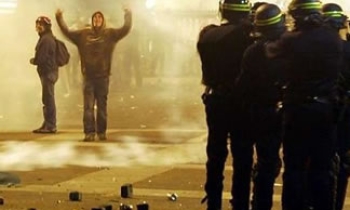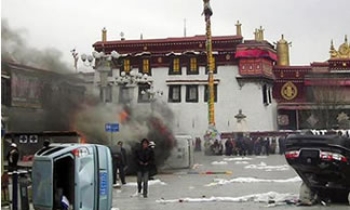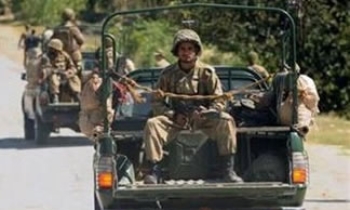The 1960s was the "anything goes" decade; a time when LSD, hippies, rock 'n' roll and free love were youth's reactions to the assassinations of its leaders and a war in Vietnam.
It was a time when a few journalists wanted to be hip and cover the cultural revolution from the inside. They believed that the standard method of reporting -- "get the facts, get both sides, and keep your opinions to yourself" -- wasn't working with this generation.
So we got New Journalism in which a few fearless -- or reckless -- journalists decided that the best way to uncover what was going on was to immerse themselves in the stories and objectivity be damned. It was a time when Tom Wolfe, Hunter S. Thompson, Gay Talese, Joan Didion, Norman Mailer, Jimmy Breslin, Gail Sheehy and others gave their take on what was happening to America.
Author Marc Weingarten calls them, "The Gang That Wouldn't Write Straight."
A small group of magazine editors encouraged writers to put themselves into the stories if it made them more truthful. And if some stuffed shirts and hypocrites got exposed, so much the better.
Clay Felker, editor of New York, a spinoff of the old New York Herald-Tribune's Sunday magazine, urged writers "to put themselves into the story."
"Well-crafted stories were of no use to him if they were dull," Weingarten writes.
Tom Wolfe spent weeks with novelist Ken Kesey and his LSD-fueled followers on their cross-country trip on a bus and came up with a lengthy magazine piece that later became a best-selling book, "The Electric Kool-Aid Acid Test."
When conductor Leonard Bernstein and his wife, Felicia, hosted a fund-raiser for a group of Black Panthers in their Park Avenue apartment, Wolfe showed up in his white suit and deftly skewered the party with a novella-length piece, "Radical Chic: That Party at Lenny's" in New York magazine.
Hunter Thompson gets lot of attention in Weingarten's book. A rebel, a free spirit, one of those "look-at-me" guys, Thompson lived on the edge, fueled with alcohol and drugs. He ingratiated himself with some of the Hell's Angels motorcycle gang in California for a story in The Nation, and later a best-selling book.
Thompson returned to his hometown of Louisville to expose -- or ridicule -- what he considered the city's decadent ruling class during Kentucky Derby Week. He spent the week drunk but still came up with a story for Scanlans magazine.
His highly successful book, "Fear and Loathing in Las Vegas," began as a magazine assignment.
Gay Talese used an innovative short-story technique in profiling heavyweight boxer Floyd Patterson and Broadway director Joshua Logan, giving readers intimate views of the pair. He went on to write two best-selling books, "The Kingdom and the Power," a history of the New York Times, and "Honor Thy Father," the first insider account of the inner workings of the Mafia.
Norman Mailer's Pulitzer Prize-winning book, "Armies of the Night," began as a report in Harper's on the anti-war march to the Pentagon in 1967 that attracted 250,000 demonstrators.
The most gripping part of the book is the reportage on the Vietnam War by John Sack for Esquire. He followed infantry Company M from its training in Fort Dix, N.J., into Vietnam. The savagery he witnessed later resulted in "M," considered the "first great New Journalism war book."
Esquire also commissioned Michael Herr, a travel writer, to report on Vietnam. So intense was the killing and horror he witnessed that he came down with a debilitating clinical depression when he returned home. As a result, the book he planned to write in 1969 didn't get written until 1977, but the book, "Dispatches," a mix of fiction and reportage, is considered the best book written about the war, Weingarten says.
The "golden era" of New Journalism had a short life -- roughly 1962 to 1977. Weingarten says it ended when general-interest magazines became press organs for movie stars and celebrities. Television and the Internet aided in its demise.
But Weingarten believes its influence is still being felt. "The art of narrative storytelling is alive and well; it's just more diffuse now, spread out across books, magazines, newspaper and the Web."
Connor is retired managing editor of The Star.









